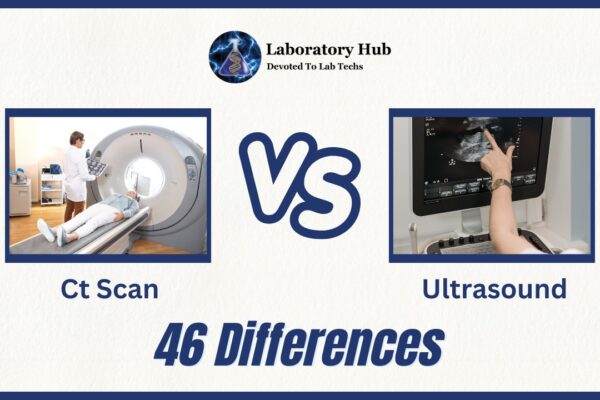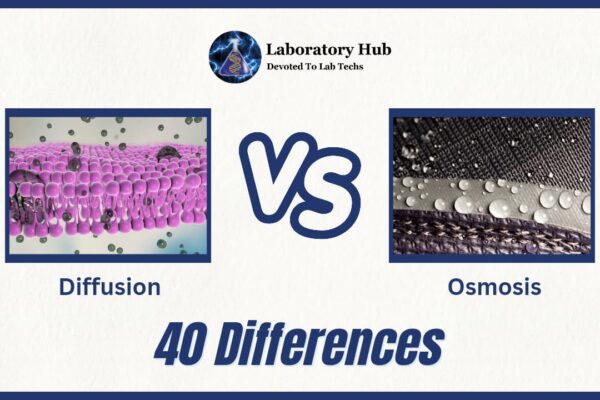29 Difference Between Fats and Oils
Fats and oils are significant components of our diet since they serve diverse functions in our bodies and in food preparation. Both are lipids, which are chemical molecules that are insoluble in water.
FATS
Fats are solid at room temperature and are mostly sourced from animal sources, however plant-based fats are also available. They are an important part of what we eat since they provide a concentrated source of energy. Fats also function as carriers for fat-soluble vitamins (A, D, E, and K) and add flavour and texture to foods.
Fats are a type of chemical molecule known as a lipid. They are made up of fatty acids and glycerol molecules. Fatty acids are strands of carbon atoms with hydrogen atoms attached that vary in length and solubility (the presence of double bonds). Triglycerides, the most prevalent type of dietary fat, are formed by attaching fatty acids to glycerol, a three-carbon alcohol compound.
Saturated fats are found predominantly in animal-based foods such as meat, butter, and full-fat dairy, as well as some plant oils such as coconut oil and palm oil. Saturated fat consumption has been linked to an elevated probability of heart disease.
Trans fats are manufactured artificially by a process known as hydrogenation, which converts liquid oils into solid fats. They were extensively employed to extend shelf life and texture in processed foods, however they have been linked to an increased risk of heart disease.
OILS
Oil is a material that is widely used in a variety of applications such as cooking, lubrication, fuel, and industrial activities. Oil, in the context of food and nutrition, is a liquid fat obtained from plant or animal sources and utilised for culinary purposes. It is vital to highlight that the term “oil” refers to a broad category of liquid fats.
Olive oil is popular in Mediterranean cooking and is well-known for its health advantages. Extra virgin olive oil, made from the initial pressing of olives, is highly valued for its flavour and antioxidant content.
Canola Oil is Made from the seeds of the canola plant, canola oil is noted for its neutral flavour and high smoke point, making it suited for a variety of culinary methods.Soybean Oil is a multipurpose cooking oil with a mild flavour, soybean oil. It’s frequently used in frying and baking.
Sunflower oil is extracted from sunflower seeds and has a high smoke point, making it appropriate for high-heat cooking methods.
Coconut oil is obtained from the meat of coconuts and is frequently used in tropical cuisines and baking. It has grown in popularity because of its possible health advantages, while its high saturated fat level is a source of contention.
Also Read: 42 Differences Between HDL And LDL Cholesterol
Here are 29 differences between fats and oils:
S.No. | Aspects | Fats | Oils |
1 | State at Room Temperature | Solid at room temperature | Liquid at room temperature |
2 | Physical Form | Typically creamy or solid | Typically liquid |
3 | Melting Point | Higher melting point | Lower melting point |
4 | Source | Often derived from animal sources | Typically derived from plant sources |
5 | Origin | Can be from animals or plants | Primarily from plant sources |
6 | Saturated Fat Content | Tends to have higher saturated fat content | Tends to have lower saturated fat content |
7 | Trans Fat Content | May contain trans fats | Generally low in trans fats |
8 | Health Implications | Associated with higher heart disease risk | Associated with a healthier profile |
9 | Cooking Applications | Commonly used in baking and frying | Used in salad dressings and sautéing |
10 | Solidification | Forms a solid when refrigerated | Remains liquid when refrigerated |
11 | Smoke Point | Higher smoke point, suitable for high-heat cooking | Lower smoke point, better for low-heat cooking |
12 | Flavor | Often provides a rich, creamy flavor | Can be relatively flavor-neutral |
13 | Texture | Contributes to a thicker, denser texture | Adds a thinner, lighter texture |
14 | Shelf Life | Longer shelf life due to solidity | Shorter shelf life due to susceptibility to oxidation |
15 | Translucency | Typically opaque | Generally translucent or transparent |
16 | Use in Food Preparation | Used in pastries, cookies, and frying | Used in salads, marinades, and stir-frying |
17 | Health Considerations | Often associated with dietary caution | Often considered a healthier choice |
18 | Cholesterol Content | May contain cholesterol, especially in animal fats | Cholesterol-free |
19 | Nutrient Profile | Higher in fat-soluble vitamins (A, D, E, K) | May contain more essential fatty acids |
20 | Baking Applications | Commonly used for flaky crusts and baked goods | Not typically used in baking due to its liquid state |
21 | Clarity | Usually cloudy or opaque | Generally clear or translucent |
22 | Extraction Process | Can be extracted through rendering or mechanical methods | Often extracted through pressing or solvent extraction |
23 | Density | Higher density than oils | Lower density than fats |
24 | Spreadability | Less spreadable when cold | More spreadable, even when refrigerated |
25 | Soap Production | Forms hard soaps | Forms liquid soaps |
26 | Aroma | May have a stronger odor | Often has a milder or neutral odor |
27 | Oxidation Rate | Slower oxidation rate due to lower unsaturation | Faster oxidation rate due to higher unsaturation |
28 | Commercial Uses | Used in products like margarine and shortening | Used in cooking oils and cosmetics |
29 | Environmental Impact | May have a higher environmental impact due to animal sources | Typically has a lower environmental impact due to plant sources |
Also Read: Check out the Definition, Functions, Classification, Isomerism & Properties of Carbohydrates
Frequently Asked Questions (FAQS)
No, not all fats are harmful. Fats are required for normal body activities such as nutrient absorption, hormone synthesis, and insulation. The goal is to take healthy fats in moderation while avoiding trans fats and saturated fats in excess.
Omega-3 and omega-6 fatty acids are polyunsaturated fats that are beneficial to health. Omega-3 fatty acids are present in fatty fish, flaxseeds, and walnuts, and they have been linked to improved heart health, brain function, and inflammation reduction. Omega-6 fatty acids are found in vegetable oils as well as certain nuts and seeds, and they play a role in overall health.
Olive oil, avocado oil, coconut oil (in moderation), and canola oil are all good cooking oils. These oils include more monounsaturated or polyunsaturated fats, which are seen to be healthier options.
Yes, fats and oils are essential components of your diet. They supply vital fatty acids, promote cell structure, aid in the absorption of fat-soluble vitamins (A, D, E, and K), and aid in overall energy balance. However, moderation and the use of healthy fats are essential.
While lowering harmful fats is useful for weight management and overall health, it is not recommended to eliminate fat entirely. Healthy fats are an essential component of a well-balanced diet because they help you feel full and content, which aids with portion control and weight management.







